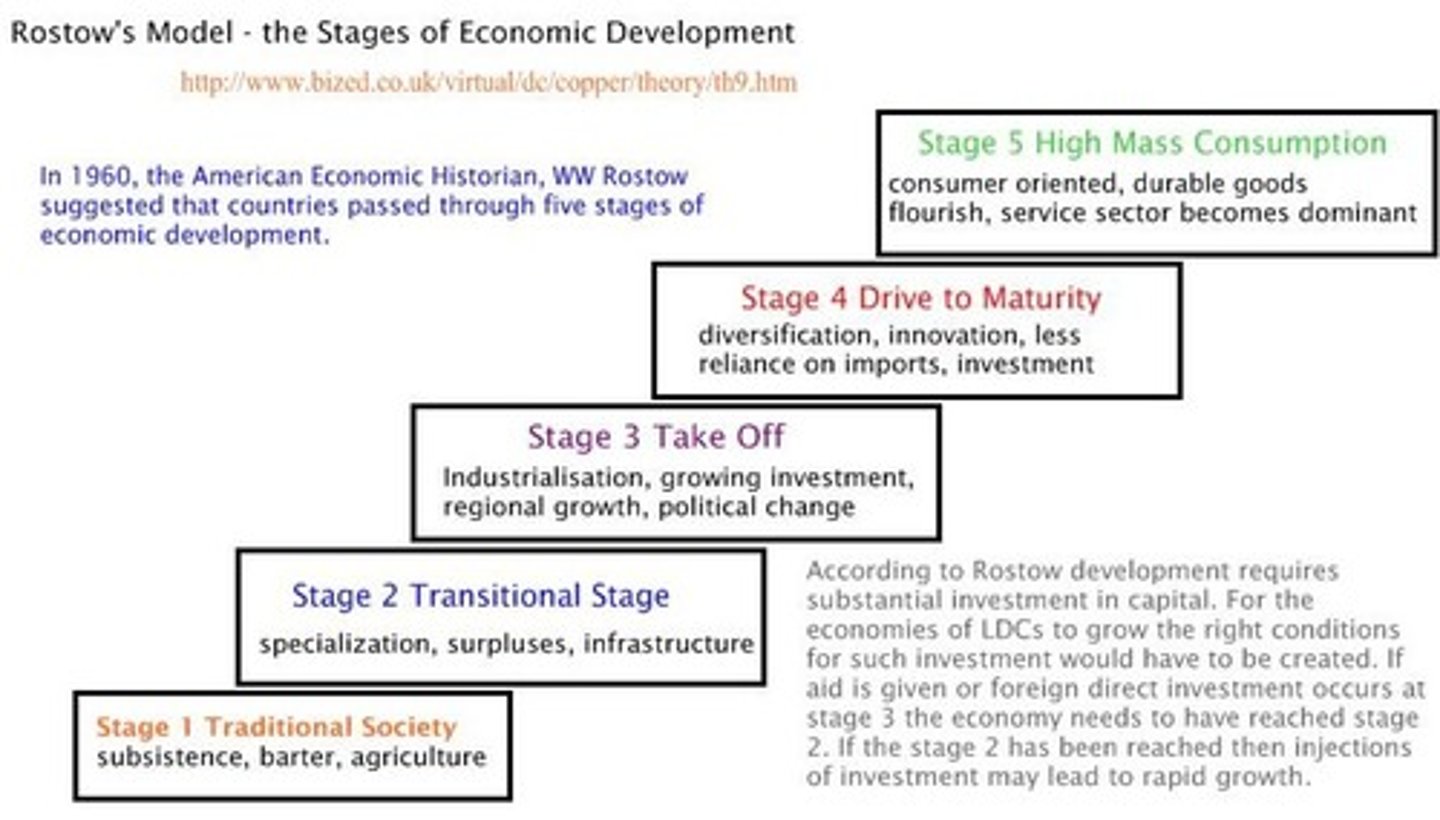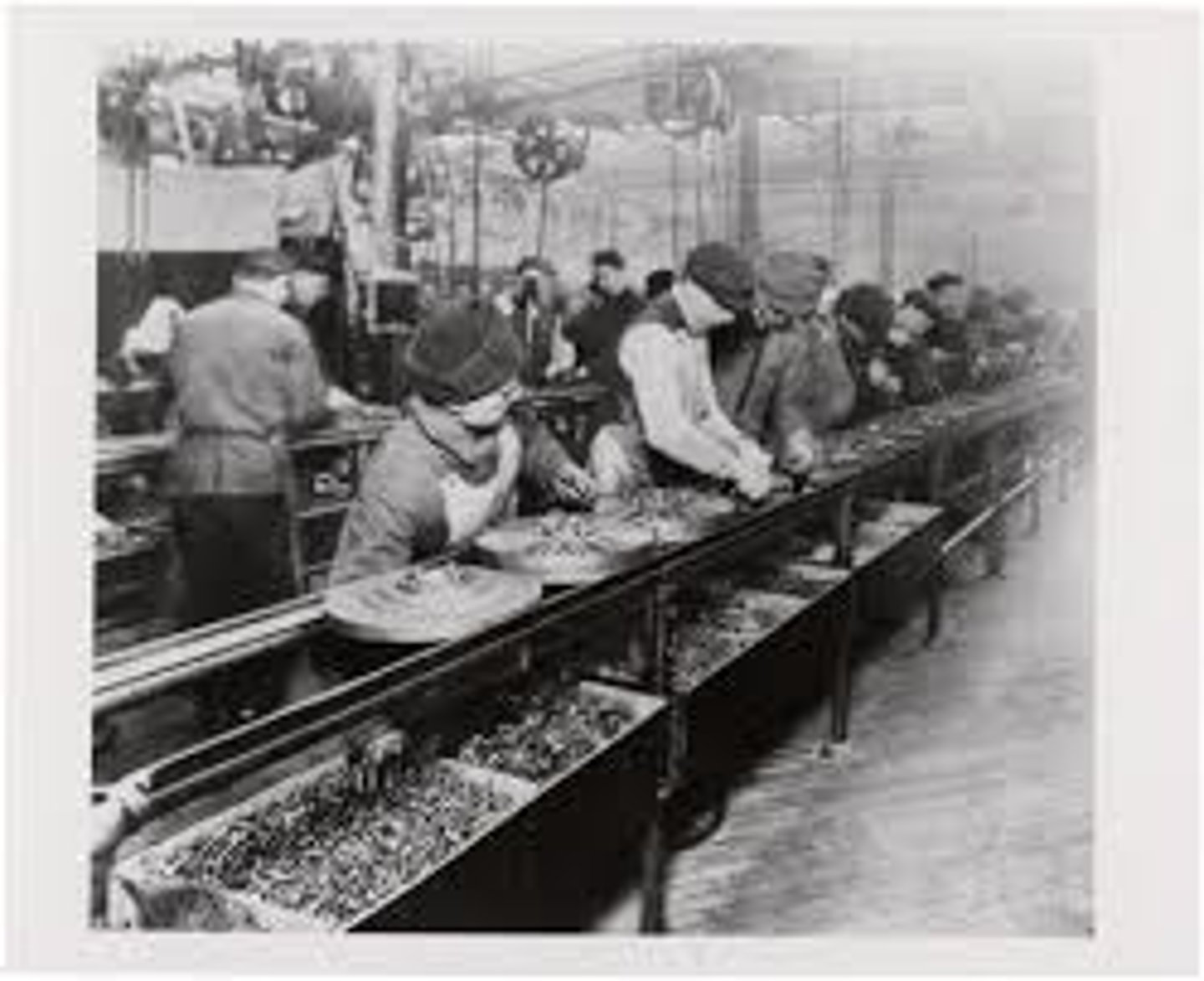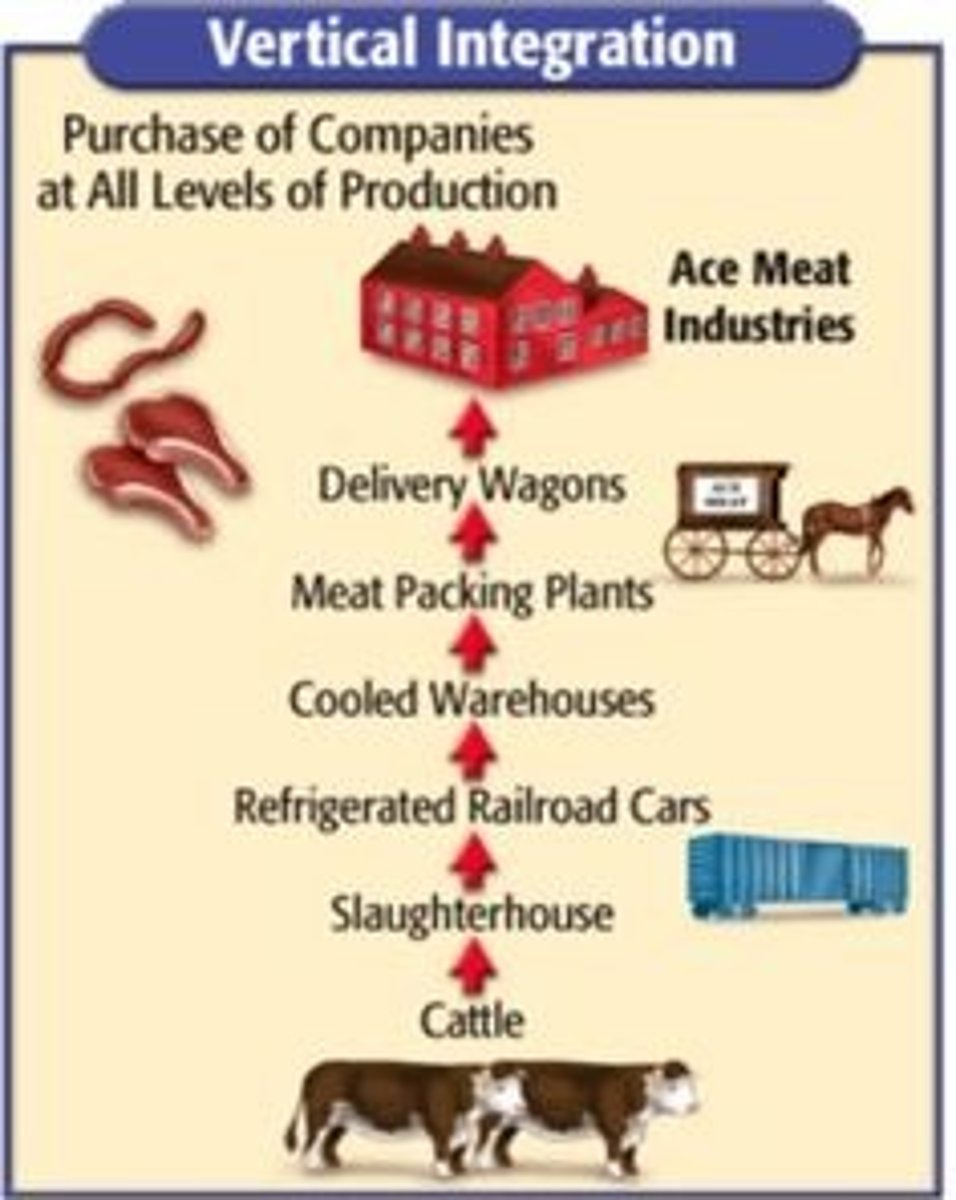APHuG Unit 7 Vocabs 4/4/25
1/71
There's no tags or description
Looks like no tags are added yet.
Name | Mastery | Learn | Test | Matching | Spaced |
|---|
No study sessions yet.
72 Terms
Adolescent Fertility Rate
Number of births per 1000 women who are 15-19
Base Industry
An industry that other industries & employment sectors depend on
Commodity Dependence
When commodities account for more than 60% of total export
Core
Countries with economic power control & benefit from global market
Dependency Theory
That less developed countries are in a position of dependency because it's hard to compete
Developed Country
Country/Region that has achieved high level growth (Industrialization, Economy, Quality of Life)
Developing Country
A country that is in the early stages of development (WIP)
Development
Process of improvement of people through diffusion
Fair Trade
Trade between countries that gives equality to workers (Fair Pay)
Formal Sector
Regulated, organized & structured economic activity (w/ government)
Gender Inequality Index (GII)
Indicator of each country's gender inequality in terms of health, empowerment, and labor (By the UN)
Gender Parity
Documented progress toward gender equality between men/women (Progress for equality)
Gross Domestic Product (GDP)
Value of total outputs of goods/services made in a country's border each year
Gross National Income (GNI)
Value of a country's income earned by its citizens each year
Gross National Product (GNP)
Total value of goods & services produced within a border + the net income from companies located outside & foreign investment (Products made inside and outside a country)
Human Development Index (HDI)
Indicator to measure a country's development by income, education & quality of life
Inequality-Adjusted Human Development Index (IHDI)
Modifications to the HDI to account for inequality
Informal Sector
Economic activities NOT regulated/recognized by a government (lawn mowing for $10)
Literacy Rate
Percent of population who can read & write
Microfinance
Provision of small loans to small business and individuals in developing countries
Periphery
Countries w/ low levels of economic productivity & small share of the world's wealth (3rd world)
Primacy Sector
Of the economy that works with extraction natural resources from the earth (Ex: Mining, harvesting)
Productivity
Value of product compared to the amount of labor needed to make it (Value > Labor)
Purchasing Power Parity
Amount of money needed in a country to buy the same thing in another (50 pounds in the UK but 45 dollars in the US)
Quaternary Sector
Economic activity that involved collecting, processing & manipulation of information & capital (Finance, computer services, research)
Quinary Sector
Economic activity consisting of high-level decision making & human advancements (President, CEO, Bosses)
Rostow's Stages of Development
All countries are capable of development towards self-sustained growth & consumption (5 stages)

Secondary Sector
Of the economy w/ manufacturing/processing natural resources
Semi-Periphery
Countries that are industrializing that has more power than periphery but still under core countries (In between: Russia, China, India)
Tertiary Sector
Of the economy w/ goods & services in exchange for payment (Restaurant, salon, etc.)
Absolute Advantage
Nation's ability to produce a good/service more efficiently than other producers
Agglomeration
When businesses cluster near a big one to take advantage of skilled labor & supplies (Costume factory next to Disneyland)
Assembly Line
Manufacturing where parts & procedure happen 1 by 1 at a time in a different station/line

Break of Bulk Point
Location where transfer is possible from one mode to another (Ships -> Trains -> Trucks)
Bulk-Gaining Industry
Industry where the final product is in greater volume than the rest (Costco)
Bulk-Reducing Industry
Industry where the output is less than the original input
CoGeneration
Producing 2 forms of energy from 1 fuel (Fuel cells makes electricity and water)
Comparative Advantage
Country's ability to make a produce much more efficiently (less costly) than another in its economy
Complementarity
Measure of how a country's export profile matches another's import profile (Tea export in VN = import in UK)
Cottage Industry
Manufacturing based in homes (Prior to IR)
Deindustrialization
Decline/sometimes disappearance of employment in manufacturing (Higher technology = less humans)
Ecotourism
Travel to natural areas in support of conservation efforts
Forist Production
Form of mass production where a worker has 1 task repeatedly (Ex: Mr. Rundquist's window factory)
Export Processing Zones (EPZs)
Industrial area to attract foreign investments for processing & assembly
FreeTrade Agreement
Treaty between 2/more countries to reduce tariffs & promotes foreign investment (reduce tariffs)
Growth Poles
Geographic center of economic activity organized to a specific industry
Industrial Revolution
Period of rapid development in industry of manufacturing
Just-In-Time Delivery
Shipments of parts & materials to arrive moments before needed to save storage
Labor Union
Coalition of workers in particular industry to bargain with business owners (Ex: Strikes)
Least-Cost Theory
Transportation & labor costs play a strong role in determining factory locations (Alfred Weber)
Maquiladora
A US factory built in Mexico near the US border to take advantage of labor costs
Mass Production
Machine manufacturing of large quantities of identical products
Mercosur
South American Trade bloc w/ Argentina, Brazil, Paraguay & Uruguay (Supranationalist)
Multiplier Effects
Creation of new business & jobs in other industries as a result of other industry investment (Restaurant opens, napkins made, napkin employees buy stuff, gets money)
New International Division of Labor
Transfer of jobs that require less skill & lower pay from developed countries to less developed countries
Offshoring
Relocation of manufacturing survices from 1 country to another (cutting costs w/ Maquiladora)
Organization of the Petroleum Exporting Countries (OPEC)
Organization to coordinate petroleum policies in member countries (how much to export)
Outsourcing
Decision by a corporation to turn responsibilities of production to independent supplies (to 3rd parties to lower labor costs)
Post-Fordist Production
Adoption of flexible work rules like worker's allocation with a variety of tasks (More single tasks)
Protectionism
Trade rules that restrict imports in order to protect domestic industries (raising tariffs)
Resource Depletion
Consumption of natural resources faster than they can be replaced
Right-To-Work Laws
Law that prevents a union & a company from a contract that requires a worker to join as employment (No requirements to keep/get jobs)
Shipping containers
Stackable metal boxes used to transport goods by ship, railroad, or truck
Site Factors
Location factors related to the cost of production inside a plant (inside costs)
Situation Factors
Location factors related to transportation of materials in & out of factory
Special Economic Zones (SEZs)
Area within a country that has different economic regulations than the rest (SEZs in China to gain money)
Tariffs
Taxes on imported goods & services
Textile
Fabric of cloth woven from the fibers of wool/cotton (usually in clothes)
Theory of Mercantilism
Export more than import
Trade Embargo
Official ban on trade with a specific country/goods
Transnational Corporation (TNC)
Company with the power to coordinate & control operations in more than 1 country (McDonalds everywhere)
Vertical Integration
Traditional mass production, where a company controls all phases of production process (self-chain)
